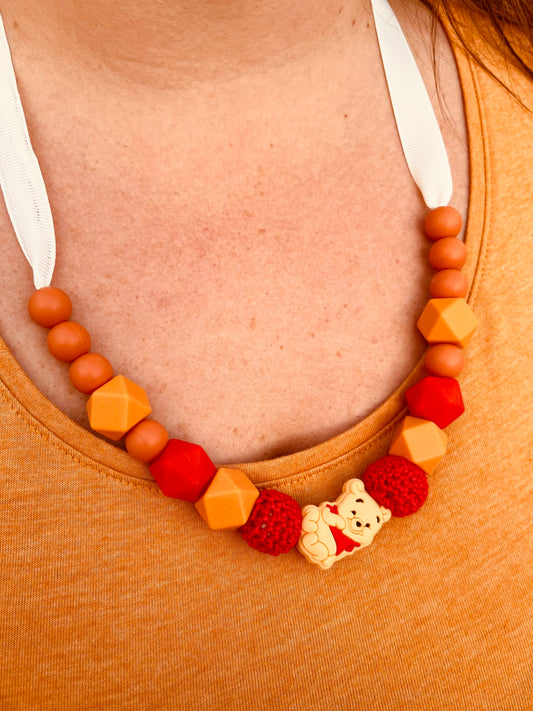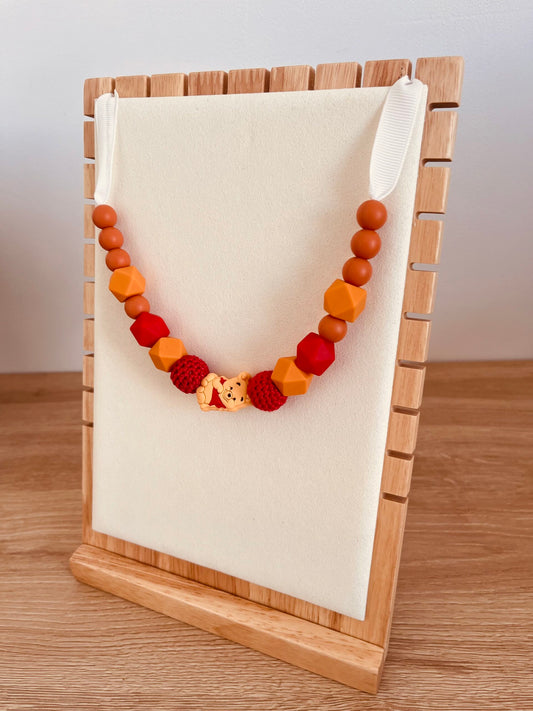Breastfeeding: a smooth journey, step by step
Breastfeeding is a unique and intimate experience that creates an indelible bond between mother and baby. While it's often instinctive, it can also raise many questions. To help you navigate this journey, let's explore the different stages of breastfeeding, from pregnancy to returning to work.
Pregnancy: Preparing your body and mind
- Inform those around you: Talking about your breastfeeding plan to your doctor, midwife and close friends and family allows you to benefit from personalized advice and valuable support.
- Find out more: Many books, websites, and support groups offer reliable information about breastfeeding. Don't hesitate to research it to feel more confident.
- Choosing a maternity hospital: Some maternity wards are more breastfeeding-friendly than others. Find out about the practices at the maternity ward you choose.
Childbirth: The first breastfeedings
- Skin to skin: Immediately after birth, skin-to-skin contact encourages the production of milk and facilitates the first feedings.
- The baby's position: A good position allows the baby to latch on well and be efficient during feeding.
- Help from a midwife or lactation consultant: If you encounter any difficulties, please do not hesitate to ask for help.
The first days: The installation
- Frequency of feedings: At first, the baby will nurse very often, on demand. This is completely normal!
- Signs of good breastfeeding: A well-settled baby opens his mouth wide, takes in a large part of the areola and swallows regularly.
- The pains: Pain during breastfeeding may be related to poor latching. Don't hesitate to consult a lactation consultant.
The following weeks: Finding your rhythm
- The rise of milk: It usually occurs between the 3rd and 5th day after delivery.
- The congestions: They can occur if the baby does not breastfeed often enough or if the milk does not flow well.
- The supplements: In some cases, supplements may be necessary. Discuss this with your doctor or midwife.
The First Months: The Development of Breastfeeding
- Food diversification: It is usually introduced around 6 months. Breastfeeding can continue at the same time.
- The return of the rules: It can alter milk taste and production.
- Resuming professional activity: It is possible to breastfeed and work. Make the best possible arrangements to express your milk and give it to your baby.
Accessories to make breastfeeding easier
To best support you in this adventure, many accessories can be useful:
- The breast pump: It allows you to express your milk to give it to your baby in your absence or to increase your production.
- Nursing pillows: They provide comfortable support for your baby and you during feedings.
- The breastfeeding bracelet: An accessory that is both practical and aesthetic, it allows you to keep essential information on breastfeeding close at hand.
- THE breastfeeding necklace : A discreet piece of jewelry that distracts your baby during public feedings.
- The birth box: A perfect gift idea for new mothers, it can contain an assortment of breastfeeding accessories.
In conclusion
Breastfeeding is a rich and rewarding experience that requires time, patience, and attentiveness. Don't hesitate to seek support from healthcare professionals and to connect with other breastfeeding mothers.
Babanono accompanies you in this wonderful adventure by offering you a selection of breastfeeding accessories, carefully designed and infinitely customizable.
And you, what was your breastfeeding experience like? Share your tips and stories in the comments!







